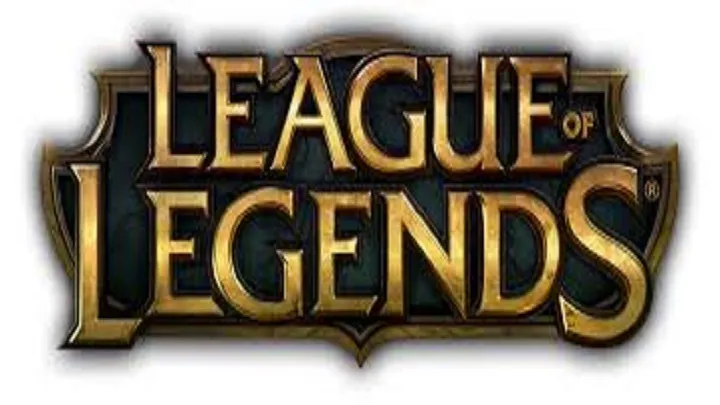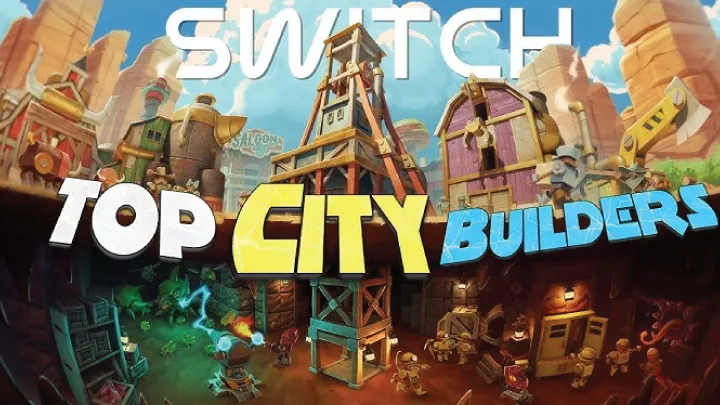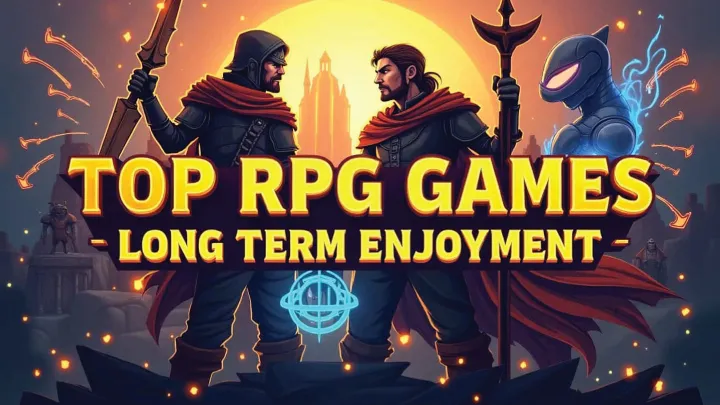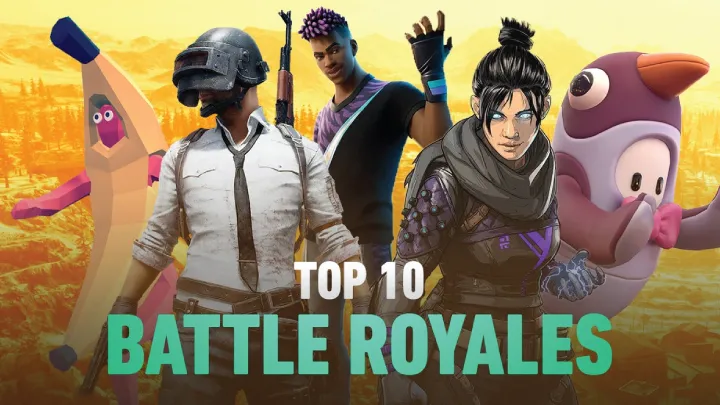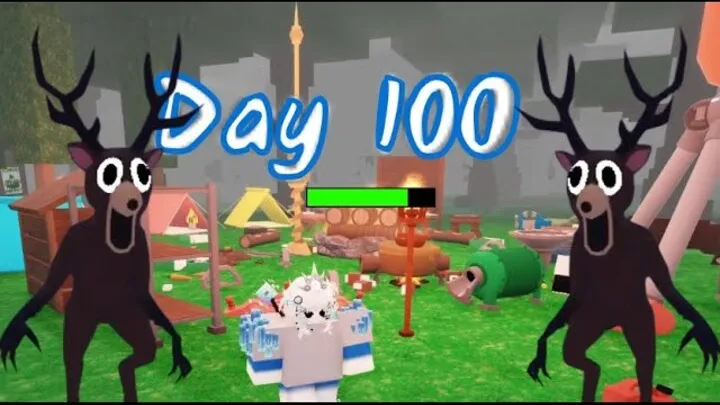Introduction
Merge Fellas may look simple on the surface, a cheerful merge-style mobile game with colorful visuals and friendly characters. But beneath the surface lies a complex challenge that every player eventually faces: the struggle of managing resources while progressing. Unlike many casual merge games, Merge Fellas relies heavily on balance between energy, upgrade tokens, and merge opportunities. This article takes a deep look into the issue of resource economy in Merge Fellas, analyzing how it evolves over time, how players adapt, and what strategies or pitfalls emerge.
The First Steps into Merge Fellas
When players first install Merge Fellas, the game feels forgiving. Energy is abundant, merging pieces come quickly, and upgrades feel within reach. New players can make consistent progress without ever worrying about running out of resources.

Yet even at this early stage, the seeds of future challenge are planted. The energy bar, though generous, has a maximum limit. Players who do not spend consistently will eventually hit a wall. The game teaches efficiency early without openly explaining it.
The Early Game Abundance and Illusion of Freedom
The first week of playing Merge Fellas often creates a sense of freedom. Tasks can be completed quickly, merges feel rewarding, and rewards pile up. This illusion is intentional. Game designers want players to believe progression is natural and fun.
However, the abundance hides a deeper economic truth. Every merge consumes multiple resources, and every upgrade increases future costs. The design gradually trains players to anticipate scarcity, even if they do not recognize it immediately.
The Turning Point: When Scarcity Hits
Around the second or third week of play, players encounter a dramatic turning point. Suddenly, the energy that once felt plentiful begins to run out before goals are complete. Progress slows down.
This moment is critical. Many casual players drop off here, while dedicated players push forward. Scarcity forces choices. Should energy be saved for main quests, or spent on side merges for long-term rewards? Should tokens go into upgrading key fellas, or spread across many? This is where Merge Fellas begins to separate casual engagement from committed strategy.
The Merge Economy and Compounding Costs
One of the most difficult issues in Merge Fellas is compounding costs. Each level of merge requires multiple lower-level pieces, which in turn require multiple base items. The math escalates quickly, creating exponential demand.
Players who fail to plan their merges carefully will find themselves constantly short on items. This leads to frustration, especially during timed events. The merge economy is designed to test patience, strategy, and willingness to grind.
The Role of Timed Events and External Pressure
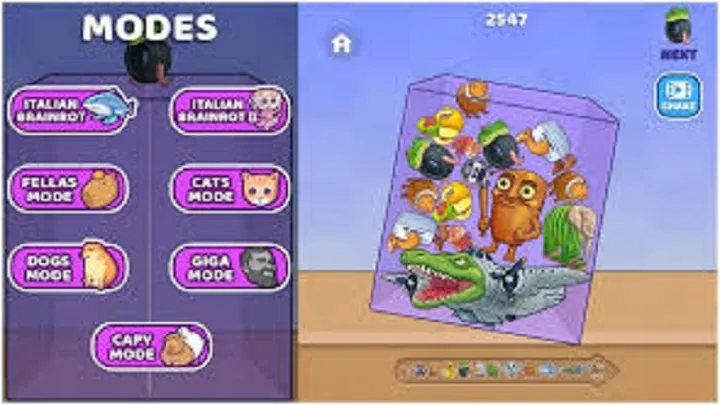
Events in Merge Fellas often become the main source of both excitement and stress. Events provide rare items, exclusive fellas, and boosts that can dramatically change progression. But they also require heavy resource use.
Players must decide: push hard during the event and risk draining their reserves, or play conservatively and miss out on exclusive rewards? Timed events amplify the already difficult resource economy, creating pressure that makes the issue even more noticeable.
The Psychological Impact of Resource Scarcity
The scarcity in Merge Fellas does not just slow down gameplay; it also impacts psychology. Players begin to feel tension when deciding how to spend resources. A poor choice can set progress back for days.
Game design here relies on a psychological loop. Frustration builds when scarcity hits, but relief and excitement return when a big merge is achieved. This rollercoaster is what keeps players hooked, even as they struggle with resource management.
Strategies Players Use to Overcome Scarcity
Dedicated players develop strategies to minimize the negative effects of resource scarcity.
Common strategies include:
- Prioritizing main quest merges over side quests.
- Saving energy during normal gameplay to unleash during events.
- Focusing upgrades on one or two key fellas rather than spreading resources thin.
- Tracking merge math to avoid wasting pieces on inefficient combinations.
These strategies help create a sense of control. Players who adopt them feel more prepared to handle the economy, while those who don’t often struggle.
The Influence of Monetization on Resource Economy
It is impossible to ignore how monetization ties into resource scarcity. The economy is designed not only to challenge, but to encourage spending. Energy refills, premium merge packs, and event boosters are all monetized solutions to the scarcity problem.
Some players see this as pay-to-win, while others view it as optional shortcuts. The tension between free-to-play progression and monetized acceleration is at the heart of the Merge Fellas experience. For some, it’s a deal-breaker. For others, it’s simply the reality of modern mobile games.
Long-Term Adaptation and Community Solutions
Over time, dedicated communities form around games like Merge Fellas. Forums, Discord groups, and fan guides become resources for managing the economy more effectively. Players share tips, document best strategies, and warn against common mistakes.
This long-term adaptation demonstrates how deeply the resource economy shapes the game. What began as a cheerful merge experience transforms into a careful study of optimization. For many, this is the ultimate satisfaction — mastering not only merges, but the economy itself.
Conclusion
The issue of resource economy in Merge Fellas is both a frustration and a driving force. Scarcity slows players down, but it also gives meaning to every merge achieved. Without scarcity, the game would lose challenge and long-term engagement. With too much scarcity, it risks alienating players.
Merge Fellas finds itself balancing on this razor’s edge. For players who accept the challenge, mastering the economy becomes the true game. It is less about merging objects on the board, and more about merging strategies in the mind.









